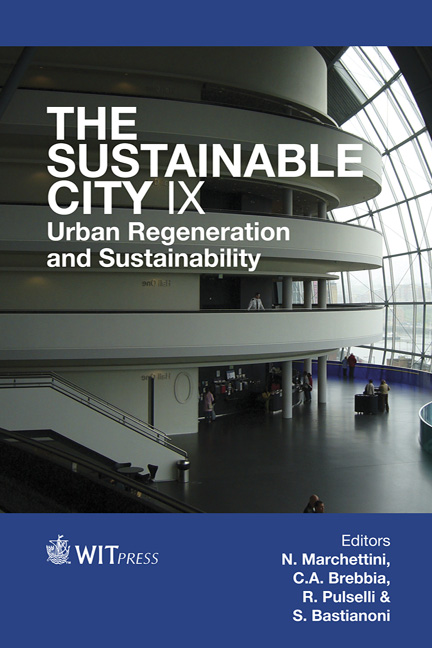Noise And Air Pollution From Urban Traffic
Price
Free (open access)
Transaction
Volume
191
Pages
9
Page Range
1381 - 1389
Published
2014
Size
514 kb
Paper DOI
10.2495/SC141162
Copyright
WIT Press
Author(s)
I. A. Istrate, T. Oprea, E. C. Rada, V. Torretta
Abstract
Together with the atmospheric emission of pollutants, noise can affect the health of the population. In particular, urban traffic is important when considering population health, because of its proximity to the receptors. In comparison with other pollutants, the control of environmental noise has been hampered by insufficient knowledge of its effects on people and of dose-response relationships, as well as by a lack of defined criteria. Due to the high levels of external noise and interior noise, the difficulties are in communication and a series of nonspecific symptoms: irritability, headache, palpitations, sleep disorders, stress. Concerning air pollution, the health of the population is directly influenced by primary emissions or atmospheric transformation from motor vehicles. Few studies have characterized the spatial correlation between both factors, air pollutants and noise, thus this paper, based on urban noise measurements, presents preliminary data on noise levels in a European capital and a discussion where interactions with air quality are dealt with. Data demonstrates that the urban structure of the analysed city cannot guarantee an adequate protection of the population against noise, because of the interactions between neighbouring areas.
Keywords
urban traffic, emissions, noise, atmospheric pollution, environment





